Our planet is teeming with life, and within its vast tapestry of ecosystems, there exist creatures that seem to defy the very laws of nature. From the depths of the ocean to the farthest reaches of the rainforest, some of Earth’s inhabitants are so peculiar and otherworldly that they appear as if they’ve sprung from the pages of science fiction.
In this exploration of the world’s strangest animals, we’ll introduce you to a cast of bizarre creatures you’ve likely never heard of, each with its unique adaptations and fascinating characteristics.
20 Strangest and Weirdest Animals in the World
1. Axolotl – The Eternal Juvenile
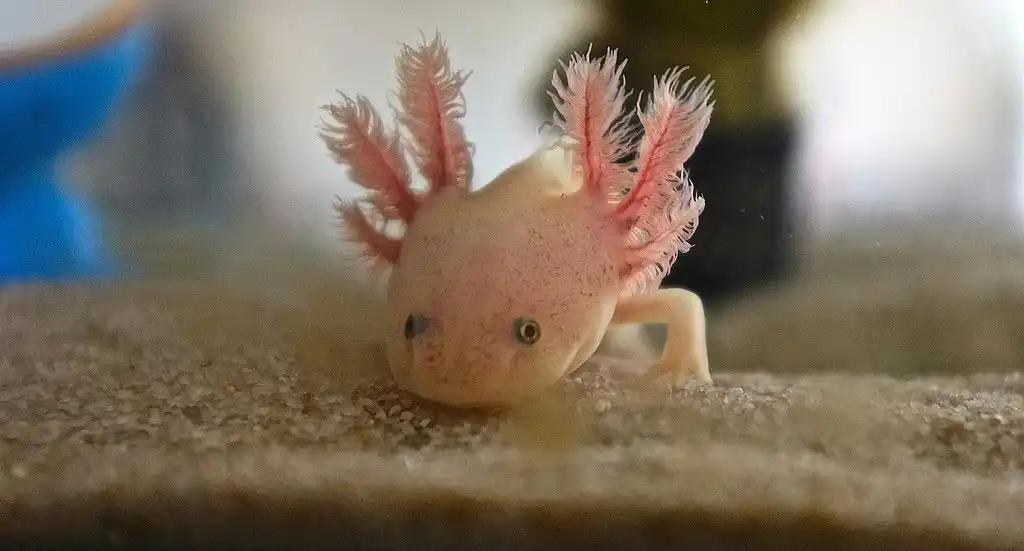
The axolotl, a salamander native to Mexico, is often referred to as the “Mexican walking fish” for its external gills and aquatic lifestyle.
What truly sets this creature apart is its remarkable ability to retain its juvenile features throughout its entire life.
Unlike most amphibians, axolotls don’t undergo metamorphosis, which means they keep their gills, aquatic habitat, and cute, perpetual smile.
Read 25 amazing facts about Axolotls.
2. Blobfish – The Face of Misery
Deep in the abyssal depths of the ocean resides a creature with a face only a mother could love – the blobfish.
This gelatinous, saggy-looking fish lives at depths where the pressure is crushing, and it lacks the swim bladder found in most fish.
Its peculiar appearance is because its body is adapted to the extreme conditions of the deep sea, where the pressure is hundreds of times greater than at the surface.
Read 20 Mind-Blowing Facts about Blobfish.
3. Aye-Aye – The Lemur Oddity
Found only on the island of Madagascar, the aye-aye is a truly bizarre primate.
It boasts a long, bony middle finger used for tapping on tree trunks to locate hidden insects.
This tapping, along with its large eyes and nocturnal habits, gives it an eerie appearance that has contributed to local superstitions labelling it as a harbinger of bad luck.
Read 20 Mind-Blowing Facts About Aye-Aye.
4. Star-Nosed Mole – The Speedster with Strange Sensors
The star-nosed mole is a tiny, subterranean creature native to North America.
What makes it truly remarkable is its bizarre snout, adorned with 22 fleshy appendages that resemble pink tentacles.
These appendages are incredibly sensitive to touch and can detect prey in milliseconds, allowing the star-nosed mole to be one of the fastest foragers on the planet.
5. Narwhal – The Unicorn of the Sea
Narwhals, often called the “unicorns of the sea,” are known for their long, spiral tusks that can reach lengths of up to ten feet.
These tusks are elongated teeth, and while scientists are still studying their exact purpose, they may play a role in hunting, communication, or breaking ice.
This enigmatic marine mammal possesses a unique blend of biological oddity and scientific fascination that makes it one of the most extraordinary creatures on Earth.
Read 20 Mind-Blowing Facts About Narwhals “The Unicorns of the Sea”.
6. Platypus – The Mammal with a Duck Bill
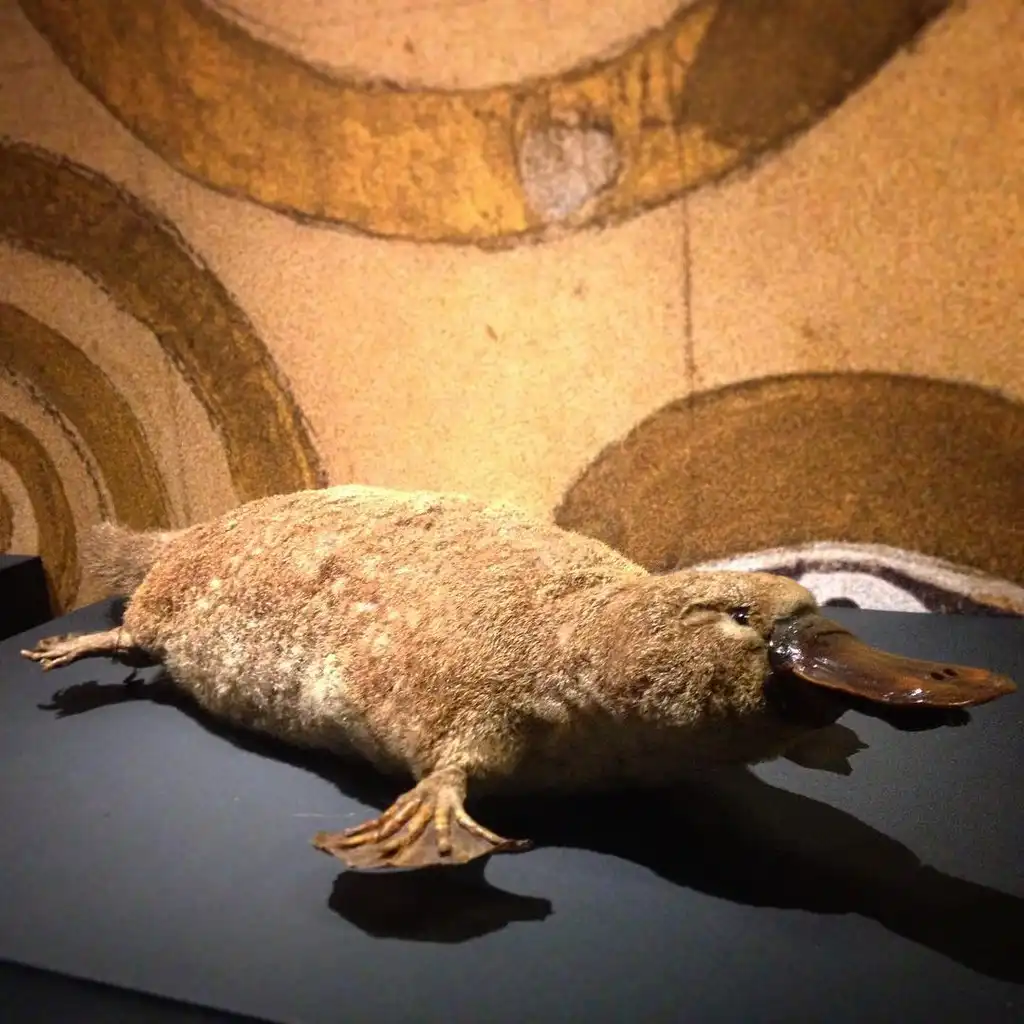
The platypus, native to Australia, is a truly extraordinary mammal that defies conventional expectations. Its most striking feature is its duck-like bill, an adaptation used to hunt underwater, and it possesses webbed feet for efficient swimming.
Remarkably, the platypus lays eggs, an exceptional trait for a mammal. Males have venomous spurs on their hind legs, a rare attribute among their kind.
These unusual characteristics make the platypus a living fossil, a testament to the fascinating diversity within the animal kingdom.
Despite its seemingly peculiar combination of traits, the platypus has thrived in its native habitat, adapting to its environment with remarkable success.
Its presence highlights the wonder and complexity of nature, reminding us that the animal world holds mysteries that continue to captivate and intrigue both scientists and nature enthusiasts alike.
Read 20 Interesting Facts About Platypus.
7. Leaf-Tailed Gecko – The Master of Camouflage
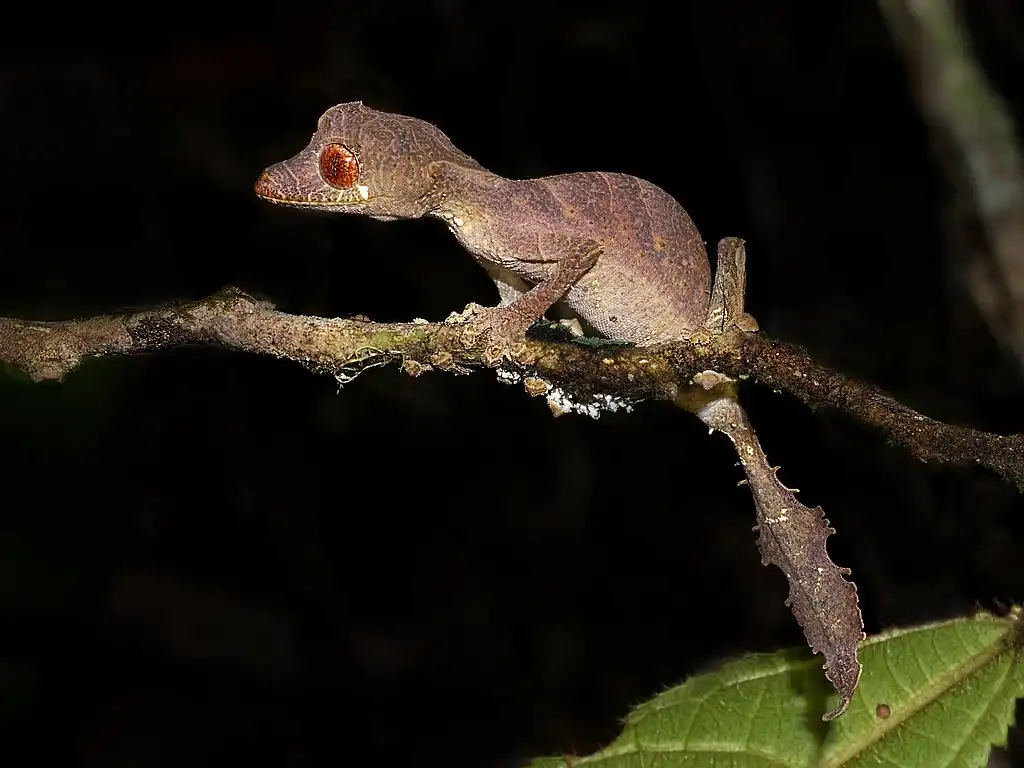
The Leaf-Tailed Gecko, indigenous to Madagascar, is a true virtuoso of camouflage. Through millennia of evolution, these reptiles have perfected the art of imitating dead leaves to such an astonishing degree that they become nearly invisible amidst the forest floor.
Their cryptic adaptation is nothing short of extraordinary, allowing them to elude predators and become stealthy hunters in their own right.
Their leafy disguise, complete with coloration, texture, and shape that mimic decaying foliage, grants them a survival advantage that few can rival.
They blend seamlessly into their surroundings, catching unsuspecting insects unawares. This remarkable example of nature’s ingenuity underscores the incredible diversity of strategies animals employ to thrive in their ecosystems, and it serves as a testament to the wonder that lies within the world of these leaf-tailed geckos.
8. Mantis Shrimp – The Underwater Boxing Champion
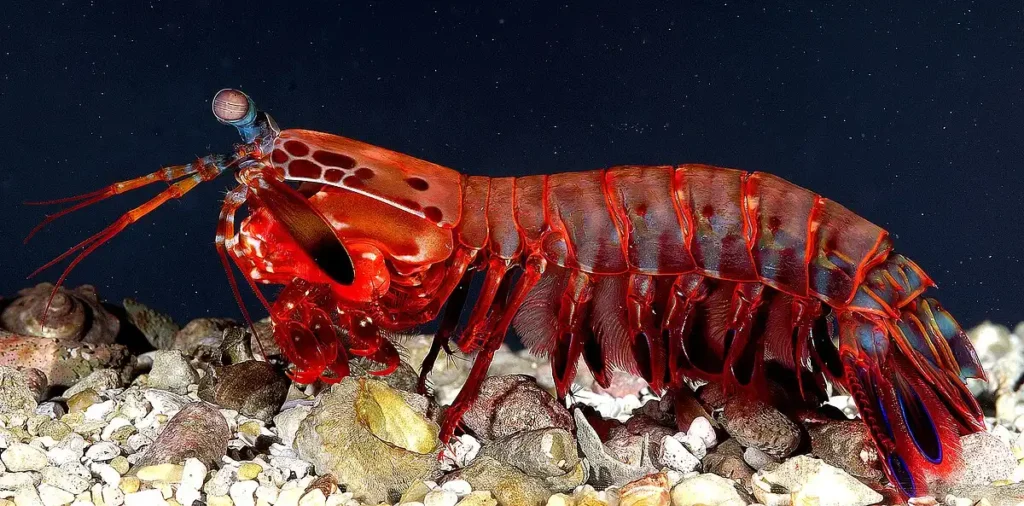
The Mantis Shrimp, a marine crustacean, stands out as an underwater boxing champion, armed with astonishingly powerful claws that make it a formidable predator. Their strikes are delivered with such force that they can shatter the walls of glass aquariums, leaving a testament to their incredible strength.
What makes mantis shrimps even more fascinating is their visual system, arguably the most complex in the entire animal kingdom. They possess up to 16 different types of photoreceptor cells, far surpassing the capabilities of human vision.
This sophisticated visual array enables them to detect a broad spectrum of colors, including ultraviolet, and even polarized light. It equips them with an unparalleled ability to perceive their underwater environment and hunt prey with exceptional precision.
Mantis shrimps’ extraordinary combination of power and sensory prowess makes them a true marvel of the marine world, serving as a reminder of the many wonders that lie beneath the ocean’s surface.
9. Sloths – The Masters of Slowness
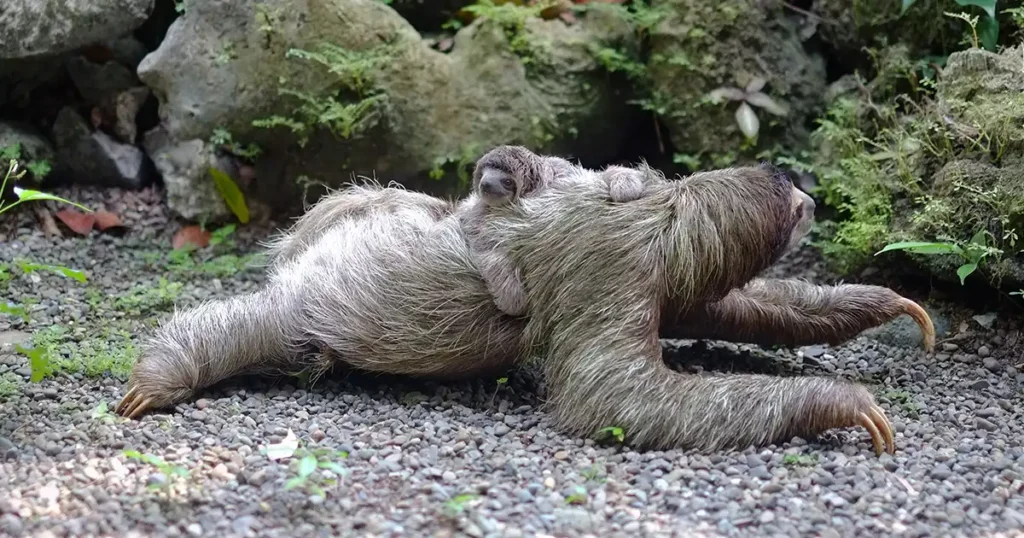
Sloths, the undisputed masters of slowness, call Central and South America home. Their languid movements are legendary, a result of one of the lowest metabolic rates among all mammals.
In their arboreal abode, sloths lead a life that seems to defy the pace of the modern world, spending the vast majority of their existence hanging upside down from tree branches.
Despite their seemingly unhurried demeanor, sloths have carved a special niche in the hearts of nature enthusiasts worldwide. Their gentle disposition, beguiling smiles, and peculiar lifestyle have endeared them to many.
This unique combination of qualities makes them icons of a world that values tranquility in an age of constant motion. Sloths are a reminder that, in the rush of life, there’s also a place for unhurried reflection and a celebration of the unhurried rhythms of the natural world.
Read 20 Interesting Facts about Sloths.
10. Mole Rat – The Underground Royalty
The naked mole rat, a truly peculiar underground dweller, boasts a lifestyle that defies convention. Residing in subterranean colonies resembling intricate ant hives, these creatures are nearly hairless, possessing translucent skin that grants them a rather eerie appearance. However, their true royalty lies in their remarkable resistance to cancer, a trait that has garnered significant scientific interest.
What sets the naked mole rats apart is their eusocial structure, akin to that of social insects. Within their colonies, a queen reigns supreme, while a caste of dedicated workers tirelessly toil to maintain the underground tunnels and gather food.
This social hierarchy facilitates their extraordinary adaptability to harsh underground environments, where cooperation is essential for survival.
The naked mole rat’s strange, subterranean existence challenges our perceptions of the animal kingdom, reminding us that the world below the surface is as rich and intriguing as the one above, with unique adaptations that continue to amaze researchers and nature enthusiasts alike.
11. Hagfish – The Slimy Secret Keepers
Hagfish, the ancient denizens of the ocean, hold the title of jawless fish and are famous for their bizarre, slimy defense mechanism. When facing threats, these enigmatic creatures excrete copious amounts of a thick, gelatinous substance that, upon contact with water, expands into a gooey mess. This unique defense mechanism serves to confound would-be predators by clogging their gills and impeding their ability to consume the hagfish.
Hagfish primarily serve as scavengers in the deep sea, contributing to the decomposition and recycling of marine carrion. In this role, they play an essential part in maintaining the balance of marine ecosystems, acting as nature’s underwater cleanup crew.
These slimy secret keepers, though peculiar, illustrate the profound adaptations and interactions that exist within the depths of our oceans, reminding us of the intricate web of life that thrives beneath the waves.
12. Sunda Colugo – The Flying Lemur That Doesn’t Fly
The Sunda colugo, often misleadingly referred to as a “flying lemur,” possesses a remarkable skill that defies its name—it doesn’t fly but glides. This Southeast Asian creature employs a unique adaptation, a membrane of skin that stretches between its limbs, allowing it to gracefully glide from tree to tree through the forest canopy.
Despite its name, this gentle herbivore is not a lemur but rather a member of the colugo family. Its exceptional gliding ability enables it to efficiently navigate the night skies in search of leaves, fruits, and other plant-based sustenance.
Adding to its intrigue, the Sunda colugo boasts a fascinating reproductive strategy. They typically give birth to a single offspring, and the mother carries and nurtures her young while she forages, ensuring their safety and well-being high above the forest floor.
The Sunda colugo’s unique combination of characteristics, from its misleading name to its gliding prowess and nurturing habits, exemplifies the wonders of biodiversity found in the rainforests of Southeast Asia.
13. Proboscis Monkey – The Large-Nosed Primate
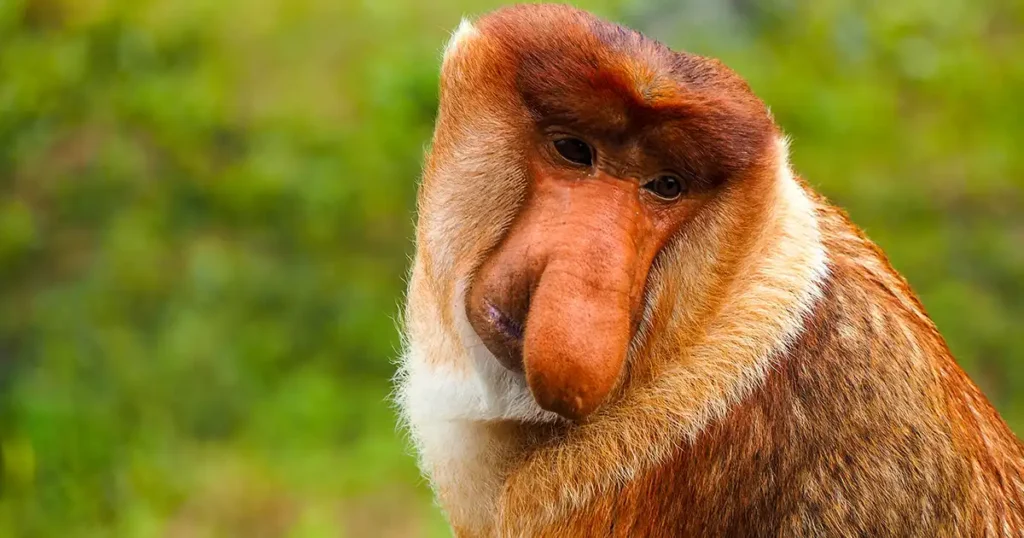
The proboscis monkey, a resident of Borneo, stands out in the primate world due to its exceptionally large and pendulous nose, often the subject of fascination and scientific debate. While the exact purpose of this nose continues to be explored, researchers believe it may serve multiple functions.
One theory suggests that it plays a role in attracting mates, as a prominent nose is a sign of virility and dominance in these unique primates. Additionally, it’s thought that the nose aids in vocalizations, helping proboscis monkeys communicate within their social groups.
Remarkably, proboscis monkeys are skilled swimmers and are known to leap from trees into the water to escape potential predators.
This adaptability to aquatic life is yet another fascinating aspect of their biology, highlighting their ability to thrive in the complex ecosystems of Borneo’s lush rainforests and mangrove swamps.
14. Naked Mole Rat – The Cancer-Resistant Rodent
Naked mole rats, the remarkable subterranean residents of underground colonies that resemble ant hives, stand out as truly unique rodents. Their nearly hairless bodies and translucent skin set them apart from their furry counterparts, but what truly distinguishes them is their extraordinary resistance to cancer. This has intrigued scientists and researchers for years.
Naked mole rats possess a complex social structure, akin to that of social insects like ants and bees. Within their underground societies, a queen reigns supreme, while a caste of dedicated workers ensures the colony’s survival. This eusocial structure facilitates their survival in harsh underground environments, where cooperation is essential.
15. African Shoebill – The Giant Bird with Oversized Feet
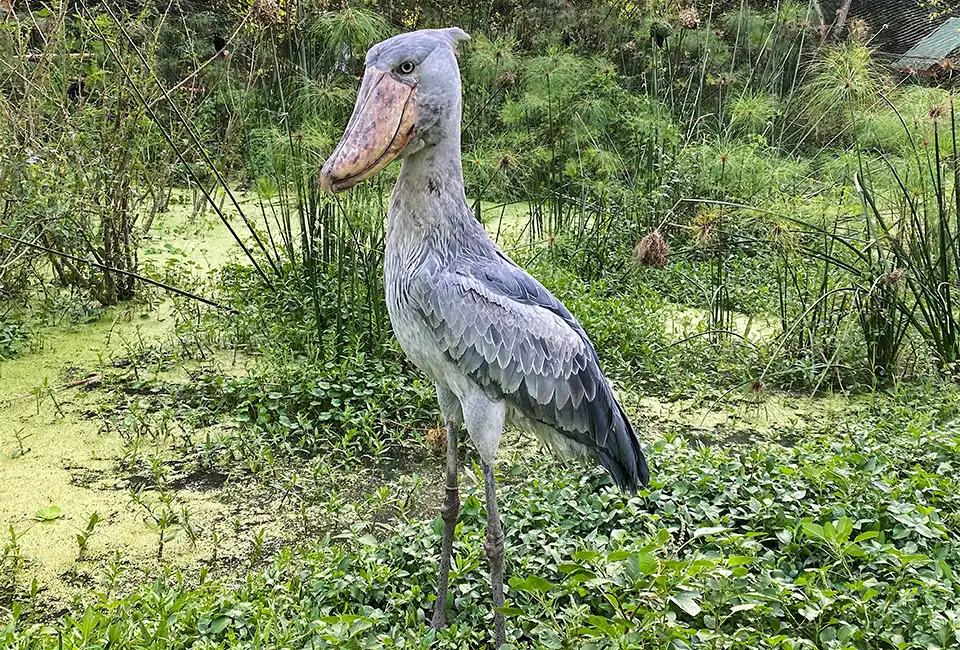
The shoebill, found in the wetlands of tropical central tropical Africa, is a massive bird with a striking appearance. Its large, shoe-shaped bill and prehistoric appearance make it a truly bizarre creature.
The shoebill is known for its patience while hunting, standing motionless for hours before striking at its prey with incredible speed.
Read 20 Interesting Facts About Shoebill.
16. Frilled Shark – The Living Fossil of the Deep
The frilled shark, found in the depths of the Atlantic and Pacific Oceans, is often referred to as a “living fossil” because of its primitive appearance.
It has a serpentine body, rows of sharp teeth, and fringed gill slits. This elusive creature is rarely seen by humans and remains a mystery of the deep sea.
17. Dumbo Octopus – The Adorable Deep-Sea Dweller
The Dumbo Octopus, affectionately named after Disney’s Dumbo for its ear-like fins, is a captivating group of deep-sea octopuses. These endearing creatures inhabit extreme ocean depths, where they gracefully navigate the pitch-black abyss.
Their distinct, ear-like fins grant them an appearance reminiscent of the beloved elephant character, adding a touch of charm to the depths of the deep sea.
Despite the challenging conditions of their habitat, these dumbo octopuses exhibit a unique and heartwarming allure, making them a delightful subject of fascination for those exploring the mysteries of the ocean’s depths.
18. Yeti Crab – The Furry Marine Creature
Discovered near hydrothermal vents in the South Pacific Ocean, the yeti crab has a distinctive appearance due to its long, pale, hair-like structures covering its claws.
These “hairs” are colonies of bacteria that the crab farms and feeds upon. They thrive in the high-temperature, sulfur-rich waters near the vents.
19. African Aardvark – The Oddball Anteater
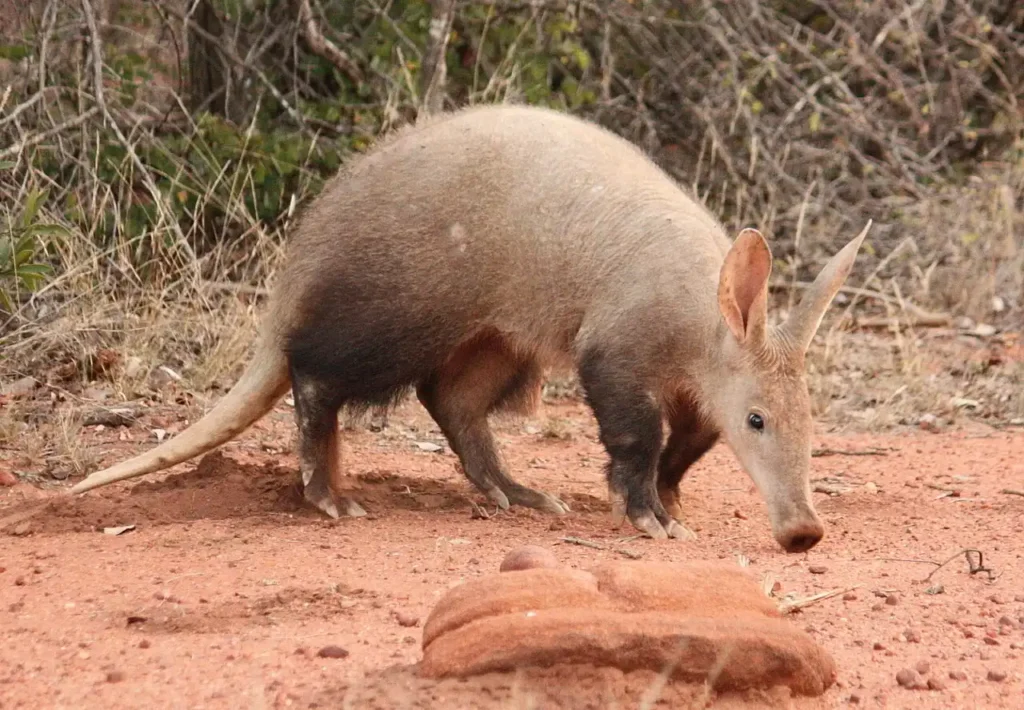
Native to Africa, the aardvark is a mammal that defies easy categorization, resembling a curious blend of different creatures. Its distinctive features include a long, tubular snout reminiscent of an anteater, rabbit-like ears, and a kangaroo-like tail.
A solitary and nocturnal creature, it employs its specialized tongue to feast on ants and termites, making it a valuable part of its ecosystem’s delicate balance.
This oddball anteater’s unique appearance and feeding habits showcase the rich diversity of the animal kingdom and the remarkable ways in which species adapt to their environments.
20. Goblin Shark – The Deep-Sea Nightmare
The goblin shark is a deep-sea predator with a grotesque appearance, featuring an elongated, flattened snout and a jaw that can shoot forward to capture prey.
This shark is rarely encountered by humans, as it inhabits extreme depths, and its ghostly appearance has earned it the nickname “living fossil”.
You may also like:
Conclusion
Nature’s creativity knows no bounds, and the world’s strangest animals are a testament to its boundless imagination.
From the depths of the ocean to the heights of the rainforest canopy, these creatures remind us of the extraordinary diversity of life on our planet. While some may appear bizarre or even eerie, each of these species has evolved unique adaptations that allow them to thrive in their respective environments.
In exploring these remarkable beings, we gain a deeper appreciation for the wonders of the natural world and the mysteries that continue to unfold within it.



